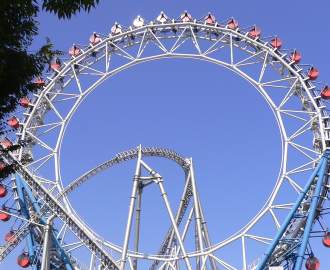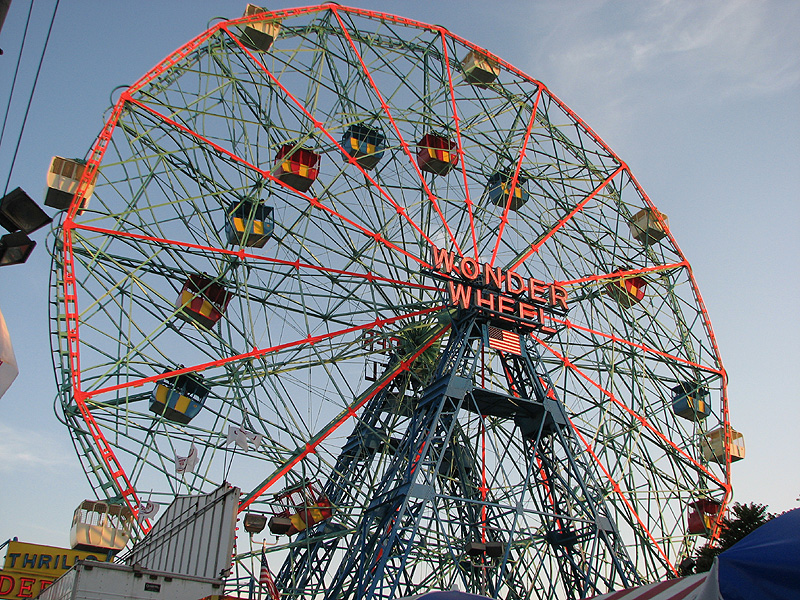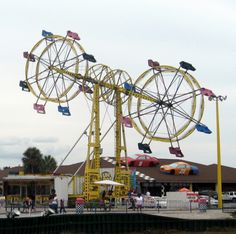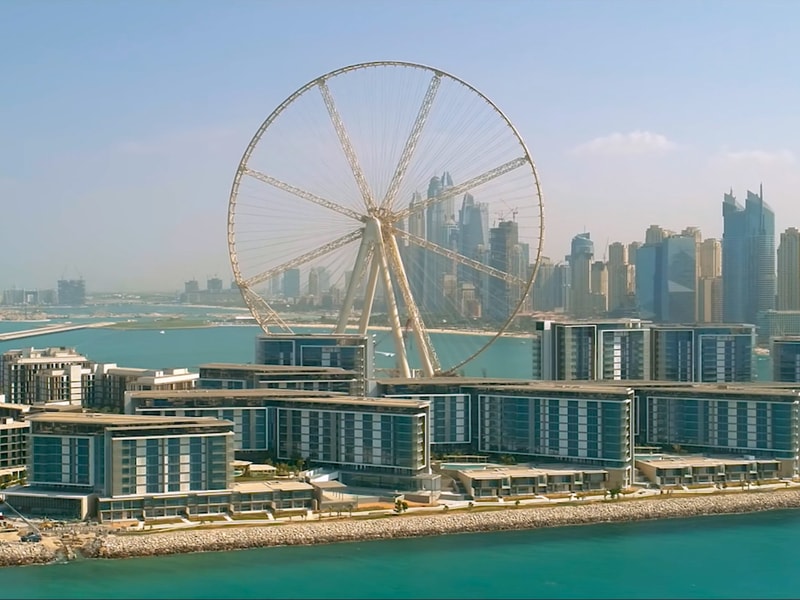History of the Ferris Wheel
In 1892, William Somers installed three fifty-foot wooden wheels at Asbury Park, Atlantic City, and Coney Island. In 1893 he was granted the first U.S patent for a “Roundabout”
The Ferris Wheel is aptly named after George Washington Gale Ferris Jr.
George Washington Gale Ferris Jr. had ridden on the Somers wheel before constructing his own, and when his Wheel was complete it was clear it was a masterpiece. Its debut was in June 1893 at the Chicago's World’s Columbian Exposition, which was a celebration of the 400th Anniversary of Christopher Columbus arrival in the New World in 1492, the celebrations were attended by over 27 million people from 46 different countries!
The Ferris Wheel stood at 264ft tall and had the capacity to ride thirty-eight thousand people per day. By the time the Exposition had finished in October of the same year, it could have been ridden by over 5 million people!
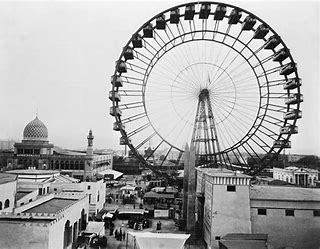
It was then rebuilt in Chicago North Side where it stayed until 1903 until its last venture at St. Louis World’s Fair in 1904. and it was later demolished in May 1906.
Ferris Jr’s early career was in the railroad industry and later in bridge building, before going on to create the Ferris Wheel and we’re certainly glad he did, his wheel has become the most iconic ride today, and from his early ingenuity the Ferris Wheel has evolved into the giant wheels that attend festivals and large events to Giant Observations Wheels that we now see in every major city, an astonishing achievement and legacy.
Did you know?
Dubai has the tallest wheel completed in 2021 and is a whopping 820ft high – that’s nearly twice the size of the London Eye at a mere 459ft.
There are three centreless Wheels in Tokyo, Quebec, and Canada.
There are also double and triple wheels and even wheels within wheels.
